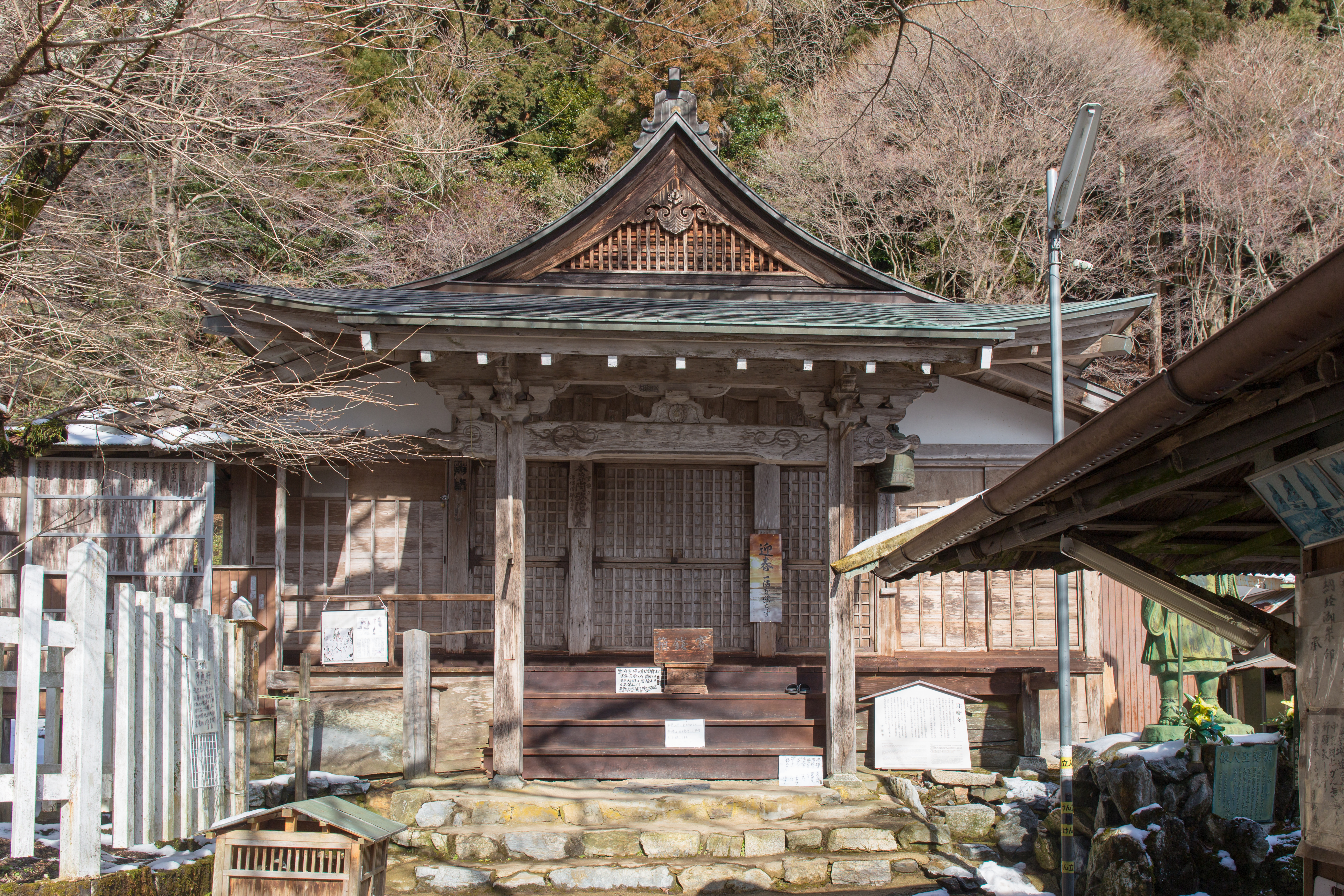Tsukinowa-dera on:
[Wikipedia]
[Google]
[Amazon]
 is a
is a
Photographs of Gatsurinji and its statues
Buddhist temples in Kyoto Prefecture Tendai temples Shinran Hōnen {{Mahayana-stub
 is a
is a Buddhist temple
A Buddhist temple or Buddhist monastery is the place of worship for Buddhism, Buddhists, the followers of Buddhism. They include the structures called vihara, chaitya, stupa, wat, khurul and pagoda in different regions and languages. Temples in B ...
near Mount Atago
is a 924m mountain in the northwestern part of Ukyo-ku, in the city of Kyoto, Kyoto Prefecture, Japan
Japan is an island country in East Asia. Located in the Pacific Ocean off the northeast coast of the Asia, Asian mainland, it is borde ...
in Ukyō-ku, Kyoto
Kyoto ( or ; Japanese language, Japanese: , ''Kyōto'' ), officially , is the capital city of Kyoto Prefecture in the Kansai region of Japan's largest and most populous island of Honshu. , the city had a population of 1.46 million, making it t ...
, Japan
Japan is an island country in East Asia. Located in the Pacific Ocean off the northeast coast of the Asia, Asian mainland, it is bordered on the west by the Sea of Japan and extends from the Sea of Okhotsk in the north to the East China Sea ...
. The temple was first founded in 781, it is associated with the Shugendō
is a syncretic Esoteric Buddhist religion, a body of ascetic practices that originated in the Nara Period of Japan having evolved during the 7th century from an amalgamation of beliefs, philosophies, doctrines and ritual systems drawn prim ...
practices of Kūya
was an itinerant Japanese Buddhist monk, or ''hijiri'' (聖), later ordained in the Tendai Buddhist sect, who was an early proselytizer of the practice of the nembutsu amongst the populace. Kūya's efforts helped promote the Pure Land teaching ...
and Hōnen
, also known as Genkū, was the founding figure of the , the first independent branch of Japanese Pure Land Buddhism.
Hōnen became a Tendai initiate at an early age, but grew disaffected and sought an approach to Buddhism that all people of all ...
. Its treasures include eight Heian period
The is the last division of classical Japanese history, running from 794 to 1185. It followed the Nara period, beginning when the 50th emperor, Emperor Kammu, moved the capital of Japan to Heian-kyō (modern Kyoto). means in Japanese. It is a ...
statues. Images of Amida Nyorai
Amida can mean :
Places and jurisdictions
* Amida (Mesopotamia), now Diyarbakır, an ancient city in Asian Turkey; it is (nominal) seat of:
** The Chaldean Catholic Archeparchy of Amida
** The Latin titular Metropolitan see of Amida of the Ro ...
and Kūya
was an itinerant Japanese Buddhist monk, or ''hijiri'' (聖), later ordained in the Tendai Buddhist sect, who was an early proselytizer of the practice of the nembutsu amongst the populace. Kūya's efforts helped promote the Pure Land teaching ...
chanting the nembutsu
file:玉里華山寺 (21)南無阿彌陀佛古碑.jpg, 250px, Chinese Nianfo carving
The Nianfo ( zh, t=wikt:念佛, 念佛, p=niànfó, alternatively in Japanese language, Japanese ; ; or ) is a Buddhist practice central to East Asian Buddhism. ...
are amongst those designated Important Cultural Properties.
See also
*List of Buddhist temples in Kyoto
There are 1,600 Buddhist temples scattered throughout the Kyoto Prefecture, prefecture of Kyoto.
Nara period in Kyoto (710-794)
* , also known as or .
* Otagi Nenbutsu-ji, Otagi Nenbutsuji Temple
Heian period in Kyoto (794-1229)
* , also ...
* Atago Jinja
References
External links
Photographs of Gatsurinji and its statues
Buddhist temples in Kyoto Prefecture Tendai temples Shinran Hōnen {{Mahayana-stub